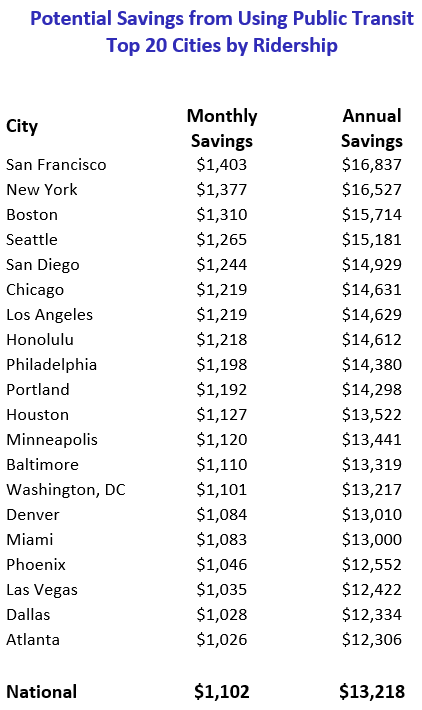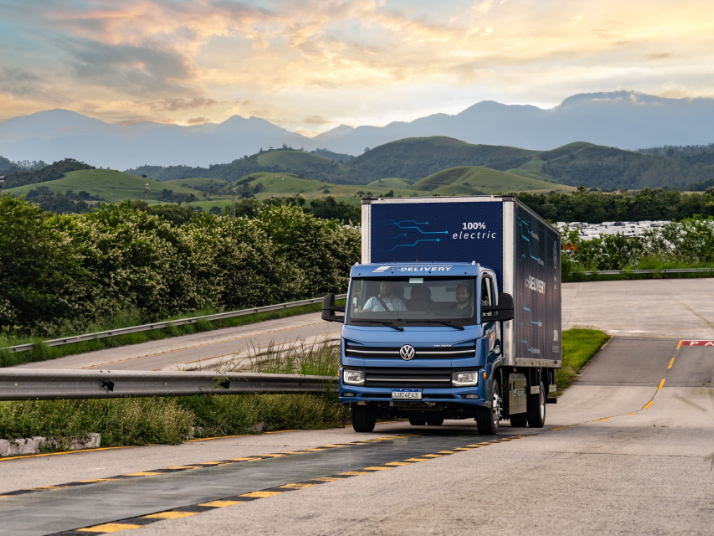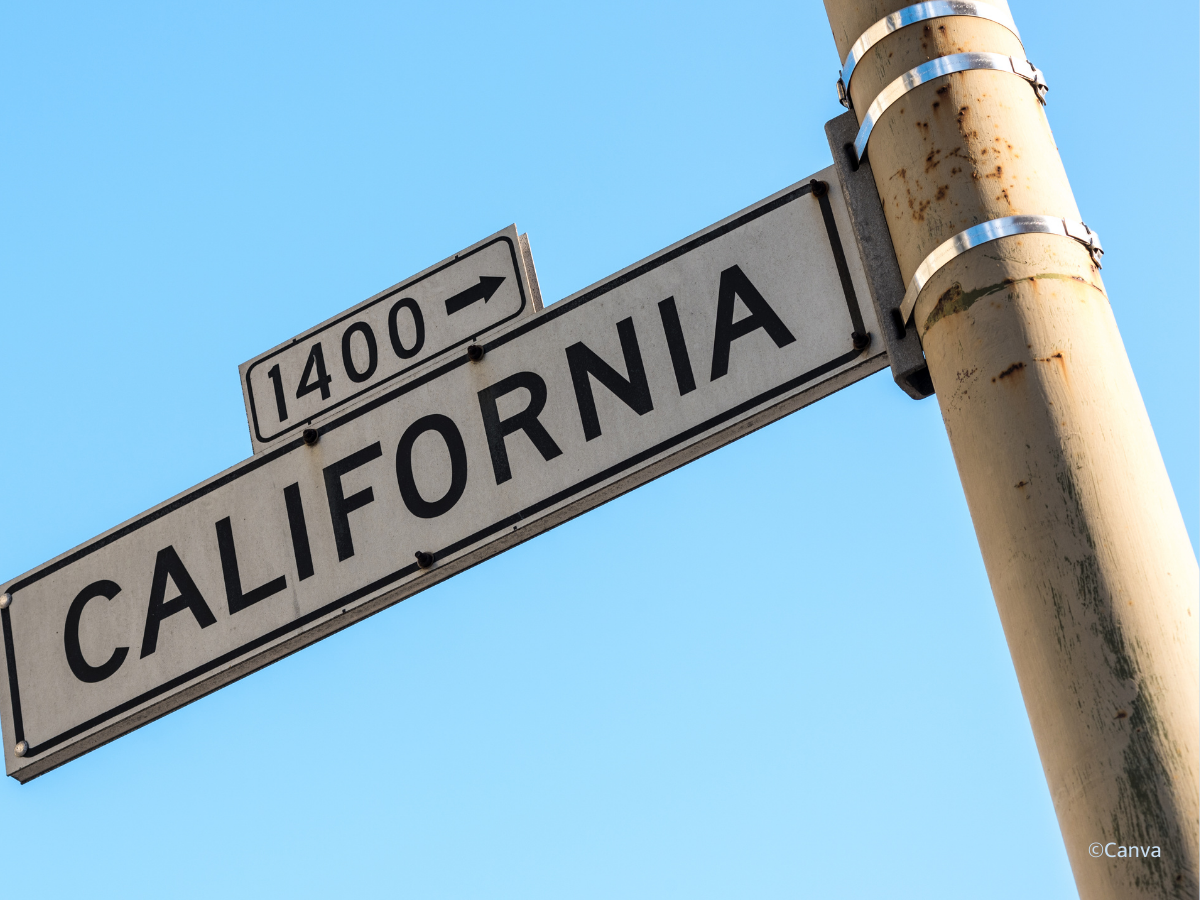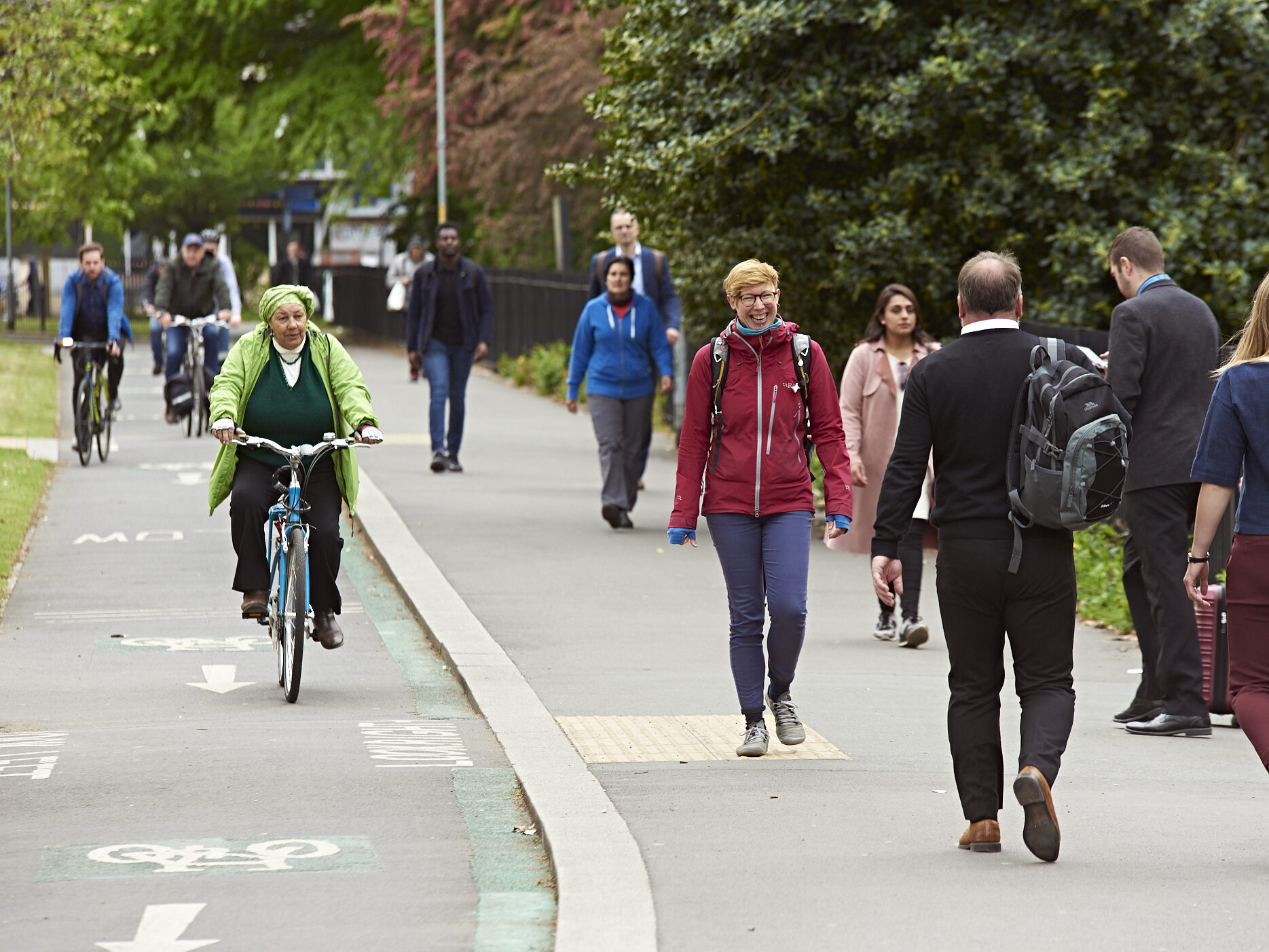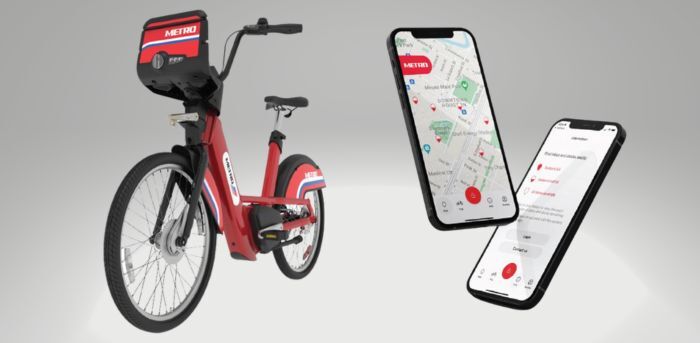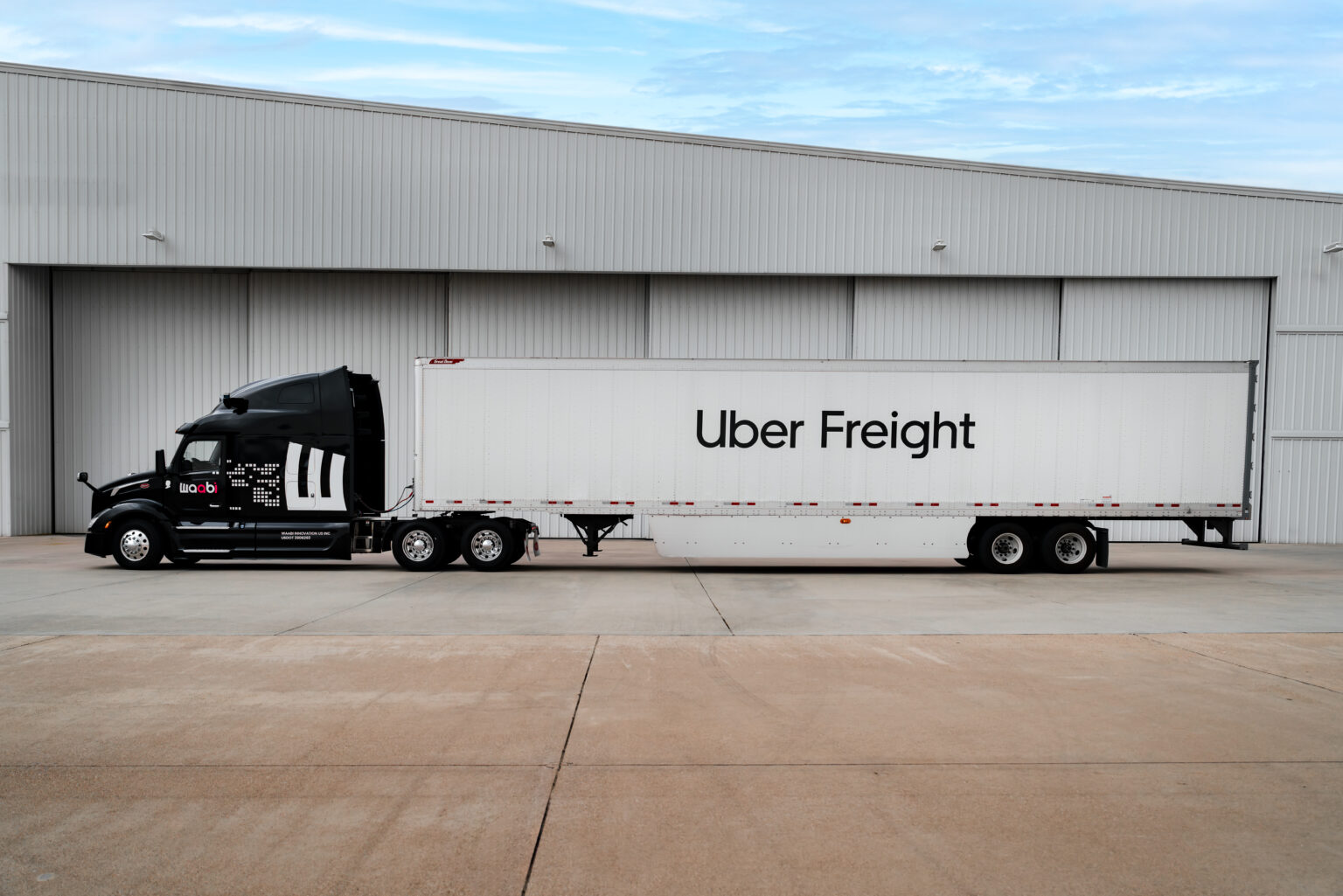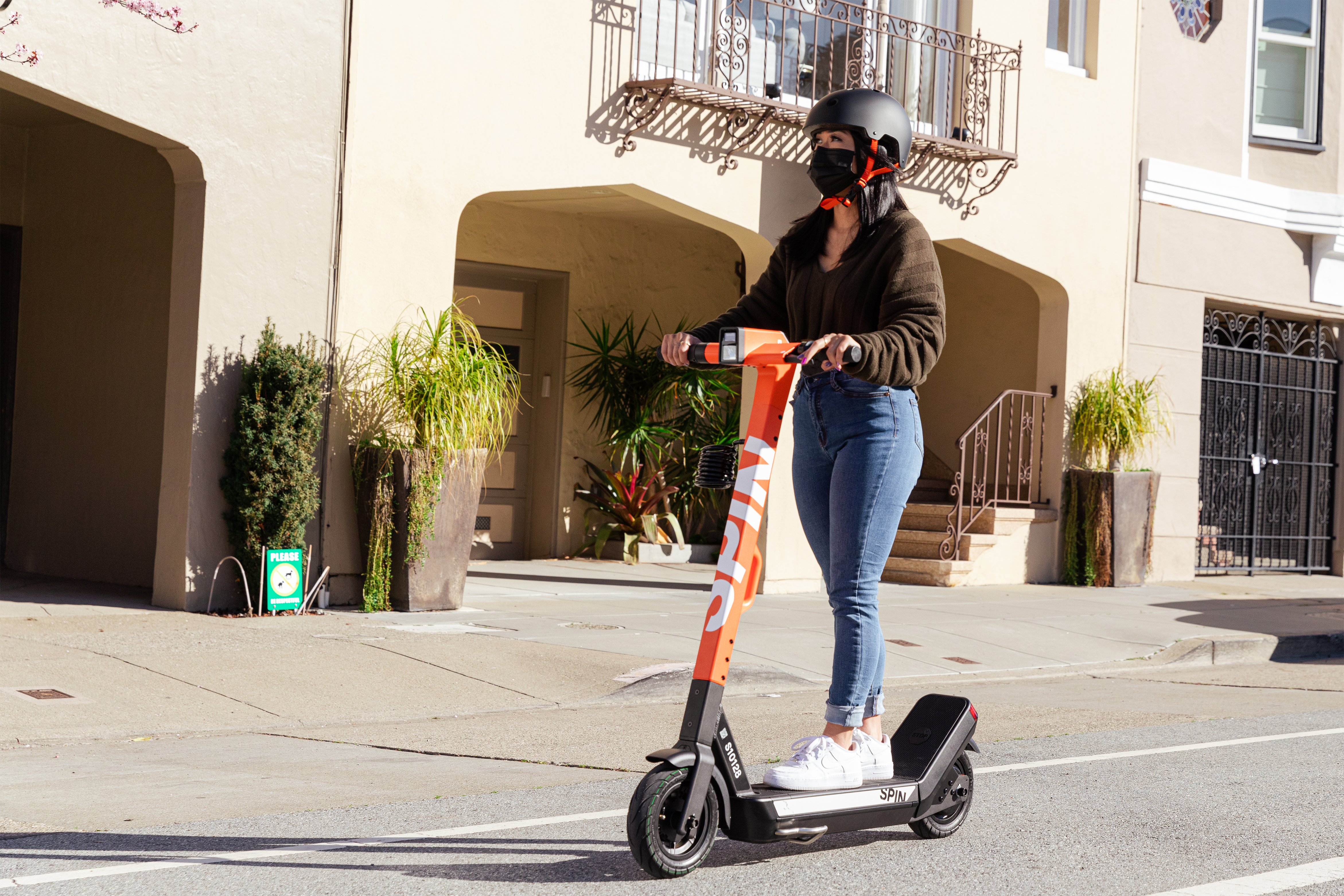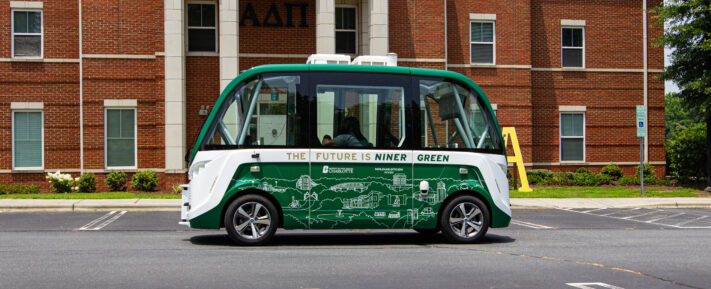The American Public Transportation Association (APTA) has released a new report demonstrating that public transit users can save over 13,000 USD annually compared to owning and operating a private car.
This saving, equating to around 1,100 USD a month, is due to significant increases in costs for cars and gasoline.

APTA’s Fare Database indicates that monthly public transit fare prices have not increased since 2020, while prices for new and used cars have increased by 30 percent and 40 percent respectively since the pandemic. This is due to supply chain challenges and inflation. In addition, the recent US auto manufacturer strikes are expected to worsen the situation.
Meanwhile, financing costs have increased significantly due to interest rate hikes, and gasoline prices have spiked due to constricted supply and added demand. In 2023, gasoline prices rose by 25 percent due to oil supply constraints, China’s economic rebound and the Ukraine war. As of 18 September 2023, prices stood at 4 USD per gallon.
APTA is therefore encouraging individuals to use public transit to avoid some of these higher costs, while also conserving energy and reducing carbon emissions.
APTA President and CEO Paul P. Skoutelas said:As the rising cost of living continues to impact US households, public transportation offers an economical and climate-friendly alternative to reduce daily expenses. By choosing to ride public transit, individuals can significantly cut down on their monthly transportation expenses. Whether it’s commuting to work, running errands, or keeping appointments, public transit is a practical and budget-friendly choice.
Based on a comprehensive analysis comparing the costs of commuting on public transport versus the expenses of vehicle ownership, vehicle operation, and parking costs, APTA has calculated the potential savings of using public transit in 20 US cities.
The considered factors in these calculations include the national and state average gasoline price per gallon, as reported by AAA.
